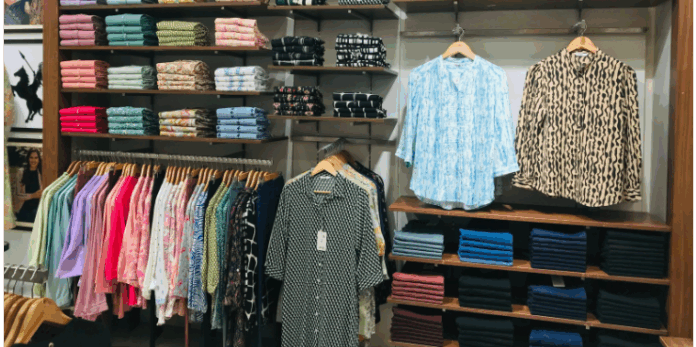The retail industry continues to grapple with increasing levels of theft and violence, according to a new study released today by the National Retail Federation (NRF) and the Loss Prevention Research Council and sponsored by Sensormatic Solutions.
The Impact of Theft & Violence 2025 found that retailers reported an 18% increase in the average number of shoplifting incidents per year in 2024 versus 2023 and threats or acts of violence during shoplifting or theft events increased 17% during that same time period, indicating that criminal enterprises are becoming more brazen and dangerous.
“Retailers are contending with rising levels of theft, fraud and violence, while continuing to refine security measures, utilize technologies and partner with law enforcement in efforts to curtail loss across the retail landscape,” said NRF vice president for Asset Protection and Retail Operations David Johnston in a news release. “While some progress is apparent, organized theft groups have expanded their scope, taking advantage of retailers’ strained resources and lagging prosecutorial support nationwide.”
Organized Retail Crime
The 2025 report documents a troubling shift in ORC operations, moving beyond physical store theft into more sophisticated forms. The data shows that organized groups are now diversifying their criminal portfolios, exploiting vulnerabilities across the entire retail ecosystem. More than half of retailers surveyed reported increases in phone scams (70%), digital and ecommerce frauds (55%), shoplifting and merchandise theft (52%), and cargo or supply chain thefts (50%) being conducted by ORC groups over the past 12 months.
ORC is global in scope, with 66% of retailers reporting the involvement of a transnational ORC group in thefts against their company during the past year, according to the report. Limited law enforcement and retail asset protection resources and lack of prosecutors’ willingness to prosecute are the top three reasons impacting retailers’ ability to investigate or prosecute ORC activities.
“Reliable, industry-wide metrics are critical to addressing these challenges,” said University of Florida research scientist and Loss Prevention Research Council executive director Read Hayes, Ph.D., in the release. “Without shared data, it is difficult to fully understand the scope of theft, fraud and violence, or to measure the impact of prevention efforts. By establishing clear benchmarks, retailers can begin to identify the most urgent risks and prioritize resources.”
Retail Solutions for Theft and Violence
In response to the escalating threat, retailers have dramatically increased their investment in multi-layered security strategies, according to the report. Exterior security, interior security and merchandise protection are the top measures retailers reported as increasing this past year. Measures include cameras, lighting, license plate readers, locking cases and changing store layouts.
“This year’s report is a reminder of the complexities we must navigate when it comes to the growing and evolving issue of retail theft and violence,” said Sensormatic Solutions president Tony D’Onofrio in the release. “Our retail partners are making substantial investments in loss prevention, and technology is the crucial link in enabling asset protection teams to thwart these pervasive crimes.”
Retailers are enhancing their security investments, and close coordination with law enforcement and the judicial system are essential to deter criminal actions against retailers. The majority (64%) of retailers say that they reported less than half of their store-related theft incidents to law enforcement, according to the report. Lack of law enforcement response served as the primary reason.





